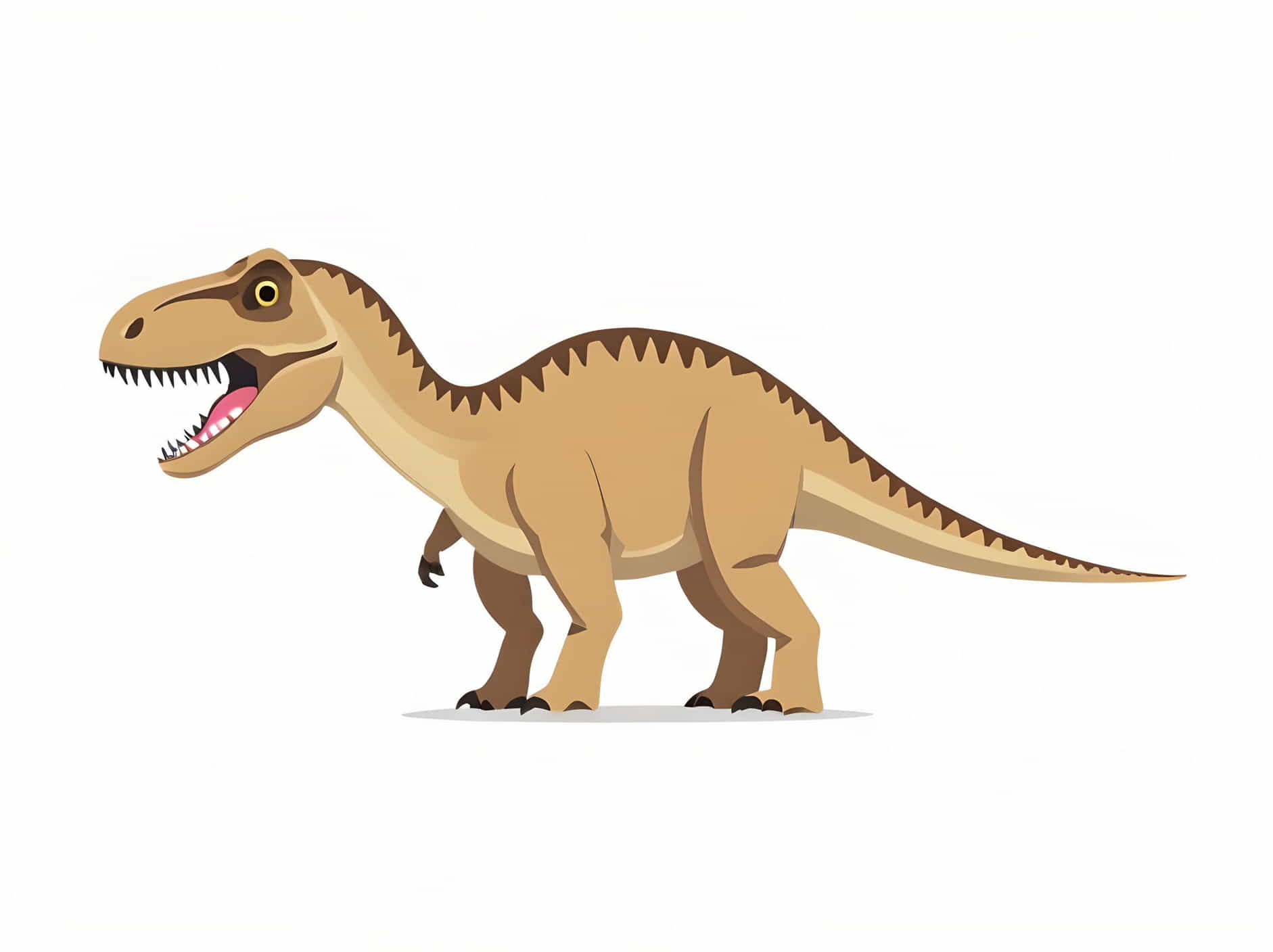
Early Ornithischian Dinosaurs: Exploring the Triassic Record
The early evolution of dinosaurs during the Triassic period saw the emergence of diverse forms, including the Ornithischia, a group known for their bird-like hips and diverse dental adaptations. This article delves into the Triassic record of early ornithischian dinosaurs, highlighting their evolutionary significance, notable discoveries, and contributions to our understanding of dinosaurian diversity during this pivotal era.
Introduction to Ornithischian Dinosaurs
Ornithischia, meaning “bird-hipped” dinosaurs, constitute one of the major clades within Dinosauria. Unlike the lizard-hipped Saurischia, their pelvic structure resembles that of modern birds, characterized by a pubis that points backward and downward, parallel to the ischium.
Triassic Origins and Early Evolution
During the late Triassic period (approximately 237 to 201 million years ago), dinosaurs began to diversify following the Permian-Triassic extinction event. Ornithischian dinosaurs likely originated from small, bipedal, and herbivorous ancestors. These early forms gradually evolved diverse adaptations in their jaws and teeth, reflecting varied diets ranging from foliage to tougher plant material.
Key Characteristics of Early Ornithischians
-
Dental Variations: Early ornithischians exhibited a range of dental adaptations suited to their specific diets. Some had leaf-shaped teeth for browsing on vegetation, while others developed more complex dental batteries for processing tough plant material.
-
Body Size and Locomotion: Triassic ornithischians varied in size from small, agile forms to larger, more robust species. Their bipedal stance suggests they were primarily terrestrial, using their hind limbs for locomotion while possibly adopting quadrupedal stances for feeding.
-
Cranial Ornamentation: Some early ornithischians displayed cranial ornamentation in the form of bony frills or spikes, which likely served defensive, display, or thermoregulatory functions. These features evolved further in later ornithischian groups such as ceratopsians and stegosaurs.
Notable Early Ornithischian Discoveries
-
Eocursor: Discovered in South Africa, Eocursor represents one of the earliest known ornithischians, dating back to the early Jurassic. It exhibited primitive ornithischian features while retaining some characteristics resembling earlier dinosauriform ancestors.
-
Pisanosaurus: Found in Argentina, Pisanosaurus is considered one of the earliest dinosaurs overall and exhibits features transitional between early dinosauriforms and ornithischians. Its small size and herbivorous dentition provide insights into the early evolution of herbivory among dinosaurs.
-
Lesothosaurus: Another South African discovery, Lesothosaurus is known for its small size and bipedal stance. It possessed herbivorous adaptations in its teeth and likely fed on ferns and other low-lying vegetation, representing an early stage in ornithischian evolution.
Significance of Early Ornithischian Dinosaurs
Understanding the Triassic record of early ornithischian dinosaurs is crucial for several reasons:
-
Evolutionary Diversity: Ornithischians contributed significantly to the diversity of herbivorous dinosaurs, evolving unique adaptations that shaped their subsequent ecological roles in Mesozoic ecosystems.
-
Biogeographic Distribution: Fossils from different regions, such as South America and Africa, provide insights into the biogeographic distribution and evolutionary pathways of early ornithischians during the Triassic.
-
Paleoecological Insights: Studying early ornithischians helps reconstruct ancient ecosystems, including food webs, plant-dinosaur interactions, and the ecological niches occupied by these early herbivores.
Early ornithischian dinosaurs from the Triassic period represent a pivotal stage in dinosaur evolution, marking the emergence of herbivorous adaptations and diverse dental specializations. From their humble beginnings as small, bipedal forms to their later radiation into various herbivorous niches during the Jurassic and Cretaceous, early ornithischians laid the groundwork for the remarkable diversity and success of ornithischian dinosaurs throughout the Mesozoic era. By studying their fossils and evolutionary trajectories, paleontologists continue to unravel the origins and evolutionary dynamics of these iconic “bird-hipped” dinosaurs, enriching our understanding of Earth’s ancient biodiversity and the evolutionary processes that shaped terrestrial ecosystems millions of years ago.